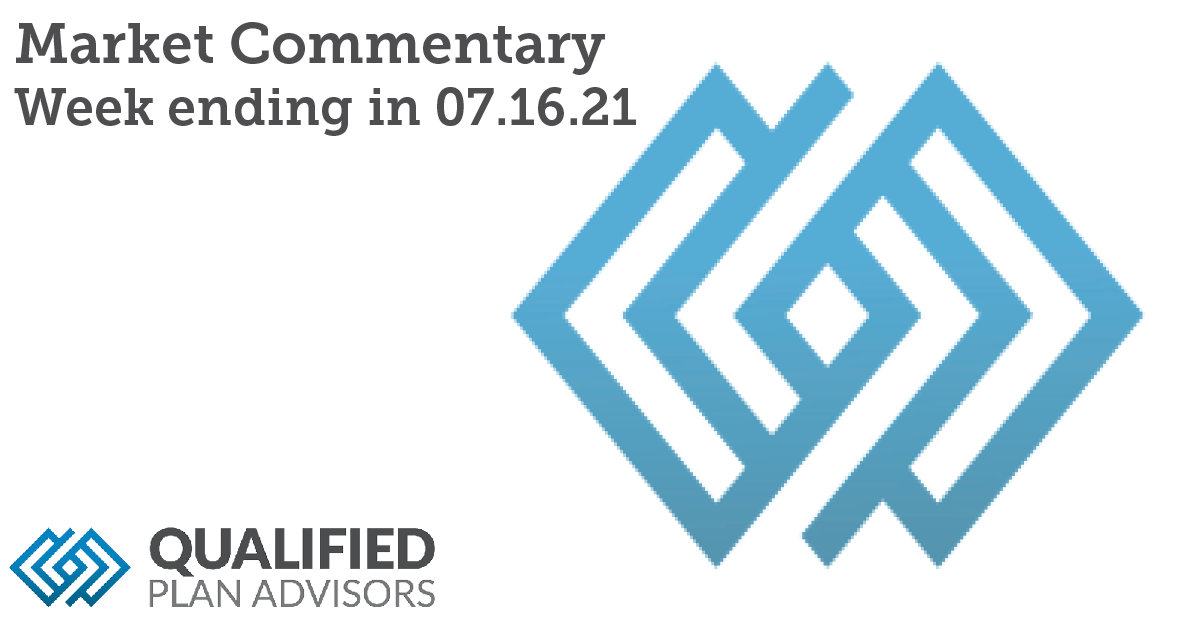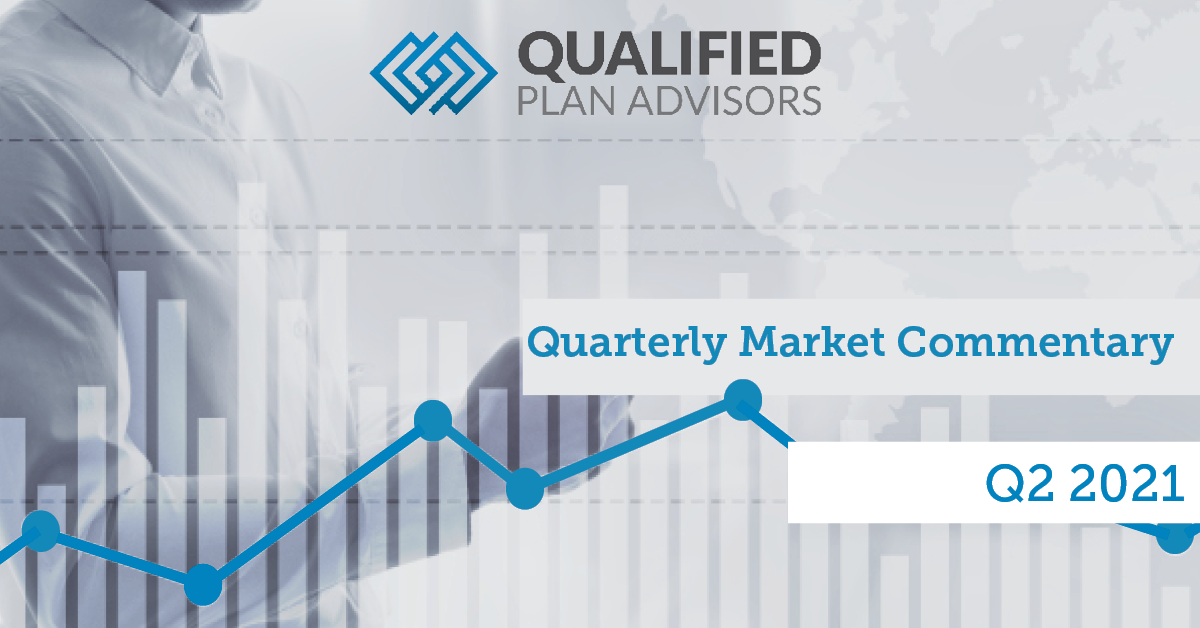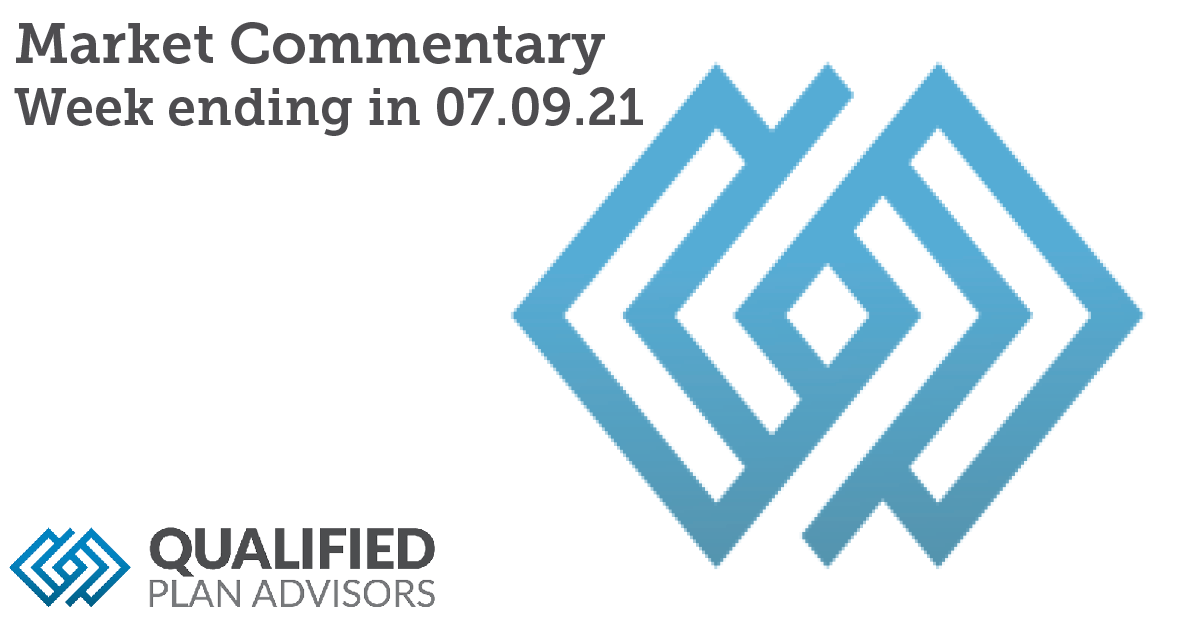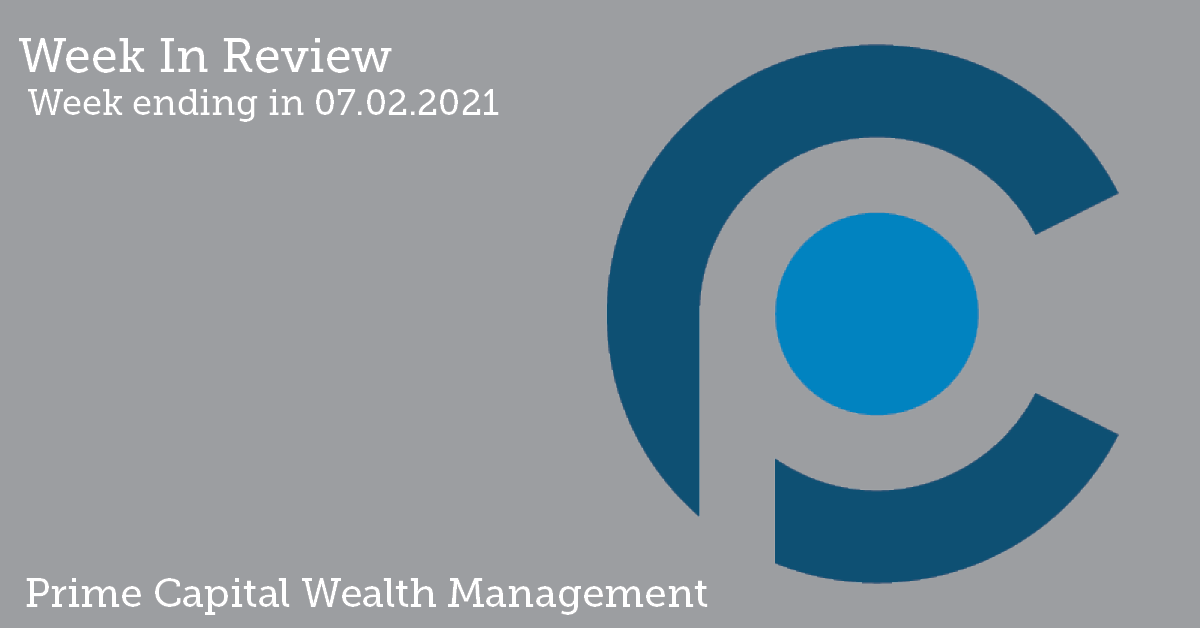As back-to-school season rapidly approaches, educators may be too busy preparing for the upcoming year to think about their retirement savings. But for educators and employees in other non-profit sectors, you might have access to a great retirement savings vehicle that you may not know about — the 403(b) plan.
In their inception, 403(b) plans were run less like a retirement plan and more like a group of separate IRAs. Because the majority of them were run by one predominant recordkeeper, these plans had problems that affected a participant’s ability to grow their money and properly save for retirement.
First, this meant participants only had access to the investment options that the recordkeeper offered. Participants were not getting what is known as “open architecture”, meaning they did not have the opportunity to access the best large-cap growth funds in the marketplace. They were limited to the recordkeeper’s capabilities.
Second, participants in the early 403(b) plans found themselves in a guaranteed interest contract (GIC), which locks participants’ money in at a crediting rate lower than what would be found in the marketplace. It also would not allow participants to withdraw money faster than a seven to 10 year period, making it a fairly illiquid investment vehicle. At best, this prevented a participant’s account from growing at a reasonable rate. At worst, it also provided for a nasty surprise when a retiring participant was unable to withdraw a significant portion of the account.
When the IRS made some changes to 403(b) plans rules 10-15 years ago, they began to operate much more like 401(k) plans. Now, 403(b) plans are a great resource for educators and other non-profit employees, and the reputation often found around these plans is much less accurate. These plans offer many benefits to employees, such as:
- For most employees, 403(b) plans are essentially indistinguishable from 401(k) plans. The plan offers participants a chance to defer some of their paycheck to put away for retirement. This can happen in two ways. Participants can put away pre-tax money now and pay taxes on it when they take distributions later in life. Or, in a Roth option, participants can put away taxed money and let it grow tax-free.
- This savings vehicle allows you to expose your savings to the market, which presents the opportunity for it to grow at a much higher rate than if it were put away in a savings account or another bank account. A savings account will not grow your money enough to be ready for retirement.
- Investing in a 403(b) plan gives you the opportunity to have a portfolio that will be managed for you and will take into account your age, retirement goals, and risk tolerance to form the strategy right for you. You may even have access to a managed account, which is actively managed and takes into account all aspects of your financial situation.
- Some plan sponsors may offer a matching contribution, where they will match a certain percentage of your regular paycheck deferrals to invest in your account. If you aren’t taking advantage of a 403(b) plan with a matching contribution, you’re missing out on that bonus.
If you’re a plan sponsor, you should be ensuring all your employees know about the benefits of the plan. One way to be a competitive employer is to not only offer a good benefits program but to also show that you support your employees in their financial wellness and that you care that they have a good nest egg for retirement.
One way you can do this and be a good employer is to hire a company like ours, Qualified Plan Advisors, to educate your participants about their plan, investment, strategies, and overall financial wellbeing. With our expertise in financial planning, we can truly be a crucial tool for your employees to achieve their retirement goals.
As the school year starts, one thing you should not have to worry about is your retirement savings or financial wellness. For this reason, you should take advantage of your 403(b) plan, and, if available to you, talk to a financial advisor about how to achieve your retirement goals. At Qualified Plan Advisors, we know that working in the education, the medical, and non-profit field comes with a lot of pressure and is crucial to society, so we are here to take the stress out of financial planning.
Advisory services offered through Prime Capital Investment Advisors, LLC. (PCIA), a Registered Investment Advisor. Prime Capital Investment Advisors doing business as Qualified Plan Advisors, “QPA.” 6201 College Blvd., 7th Floor, Overland Park, KS 66211



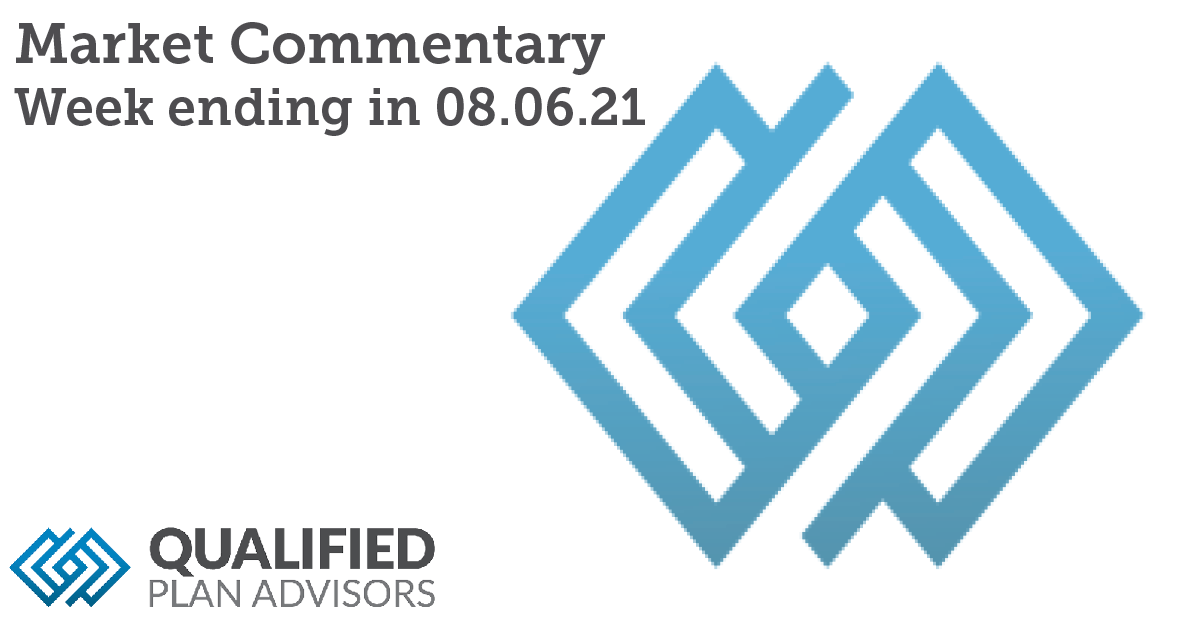



 In Australia, Sydney was locked down for the first time in more than a year. Indonesia, the fourth most populous country in the world, is experiencing a spike in both infections and deaths. It has resisted tighter restrictions, but with only had about 5% of the country fully vaccinated it began additional curbs in hard‐hit areas. Of course, the Olympic games started which began in late July in Tokyo have no live fans after the government declared a state of emergency for the duration of the games. Nicolas Colas of DataTrek Research pointed to Apple mobility data to show the divergent recoveries and the challenges resulting from different levels of restrictions, infection rates, and vaccination levels. Mobility data in the U.S. and Europe showed positive trends and traffic that was near or above early 2020 levels. But Asia was seeing much lower mobility activity with Sydney under lockdown, Bangkok closing public spaces, and India just starting to ease restrictions after their devastating Delta surge.
In Australia, Sydney was locked down for the first time in more than a year. Indonesia, the fourth most populous country in the world, is experiencing a spike in both infections and deaths. It has resisted tighter restrictions, but with only had about 5% of the country fully vaccinated it began additional curbs in hard‐hit areas. Of course, the Olympic games started which began in late July in Tokyo have no live fans after the government declared a state of emergency for the duration of the games. Nicolas Colas of DataTrek Research pointed to Apple mobility data to show the divergent recoveries and the challenges resulting from different levels of restrictions, infection rates, and vaccination levels. Mobility data in the U.S. and Europe showed positive trends and traffic that was near or above early 2020 levels. But Asia was seeing much lower mobility activity with Sydney under lockdown, Bangkok closing public spaces, and India just starting to ease restrictions after their devastating Delta surge. The chart of PMI data to the left reflects the stark contrast of deviating business activity with the U.S. and eurozone well into economic expansion but Australia falling back into economic contraction. South America has seen little disruption from the Delta variant but is struggling with its own highly infectious Gamma variant. Bottom Line: The global economy experienced a largely synchronized recovery following the initial COVID‐19 pandemic beginning in the Spring of 2020 and the following year. But different levels of vaccination rates, and subsequent waves of COVID variants across—and within—countries, means the recovery is now increasingly divergent. Rebalancing and risk management will take on additional importance in this more challenging environment.
The chart of PMI data to the left reflects the stark contrast of deviating business activity with the U.S. and eurozone well into economic expansion but Australia falling back into economic contraction. South America has seen little disruption from the Delta variant but is struggling with its own highly infectious Gamma variant. Bottom Line: The global economy experienced a largely synchronized recovery following the initial COVID‐19 pandemic beginning in the Spring of 2020 and the following year. But different levels of vaccination rates, and subsequent waves of COVID variants across—and within—countries, means the recovery is now increasingly divergent. Rebalancing and risk management will take on additional importance in this more challenging environment.